May 31, 2025 | 13:51 GMT +7
May 31, 2025 | 13:51 GMT +7
Hotline: 0913.378.918
May 31, 2025 | 13:51 GMT +7
Hotline: 0913.378.918
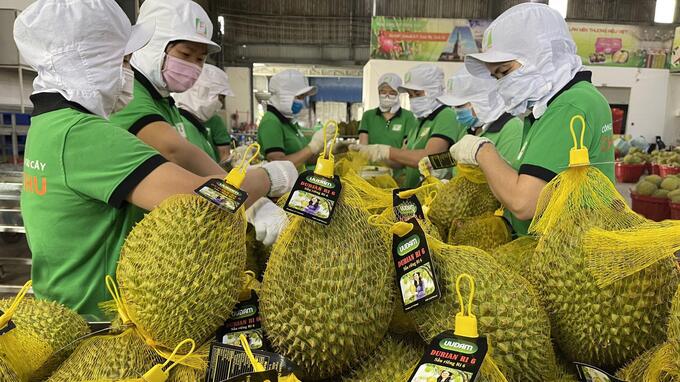
Vietnamese durian is now officially exported to China.
According to the Vietnam SPS Office, China has informed 51 planting area codes and 25 packing facility codes that match the requirements of the Protocol and are certified to export durian products to Vietnam.
Of 51 planting area codes, there are two codes from Ben Tre, five codes from Binh Phuoc, two codes from Binh Thua, 23 codes from Dak Lak, seven codes from Dong Nai, one code from Dong Thap, two codes from Khanh Hoa, two codes from Kontum, one code from Lam Dong, two codes from Long An, one code from Tay Ninh, and three codes from Tien Giang.
Ben Tre obtains three codes for its packaging facilities, Dak Lak four codes, Dong Nai three codes, Dong Thap one code, Hai Duong one code, Khanh Hoa one code, Lam Dong two codes, and Tien Giang ten codes.
The list of planting area codes and packing facilities unveiled by the General Administration of Customs of China is the result of a comprehensive evaluation conducted by Chinese experts in conjunction with video inspection and document review of the 126 planting area codes and 44 packing facility codes proposed by Vietnam.
The Chinese side noted that the left 50 planting region codes and 11 packaging facility codes are required to produce further verification documentation. It pledges to review and assess these codes after their evaluation and correction have been completed.
Simultaneously with the release of the list of 51 eligible planting area codes and 25 qualified packaging facilities on the website of the General Administration of Customs of China, the Chinese side made three suggestions:
First, one planting area code is overlapping with those of different crops, such as maize, coffee, and guava. China is concerned that this might increase the potential of cross-contamination between the various varieties. In addition, several regions have not undertaken enough pest monitoring and pesticide residue monitoring.
Second, the management capacity gap of the packaging plant is problematic. Some facilities have deteriorated, environmental sanitation as a whole is substandard, or the distance between the facility and residents is not guaranteed. When cleaning durian surfaces, certain packing facilities fail to remove dust and insects, which might lead to secondary infection.
Thirdly, certain cultivating regions and packaging facilities lack hand sanitizers for SARS-CoV-2 virus protection.
China concludes that the quarantine and supervision operations are executed competently. The enterprise's Covid-19 prevention and control system meets all applicable specifications. Generally, Vietnamese durian satisfies China's import regulations for food hygiene and safety.
In accordance with the China-Vietnam Protocol, prior to the trade exchange, the Chinese side will perform an evaluation of how Vietnamese durian exporters comply with the Protocol.
China conducted offline and online verification from July 15 to September 4 in order to maintain trade security and expedite the registration procedure for durian exporters. The SPS Vietnam Office, Department of Plant Protection, and other relevant entities are actively collaborating with their Chinese counterparts to finish the process.
List of 51 planting area codes and 25 packing houses that are qualified for durian exports to China
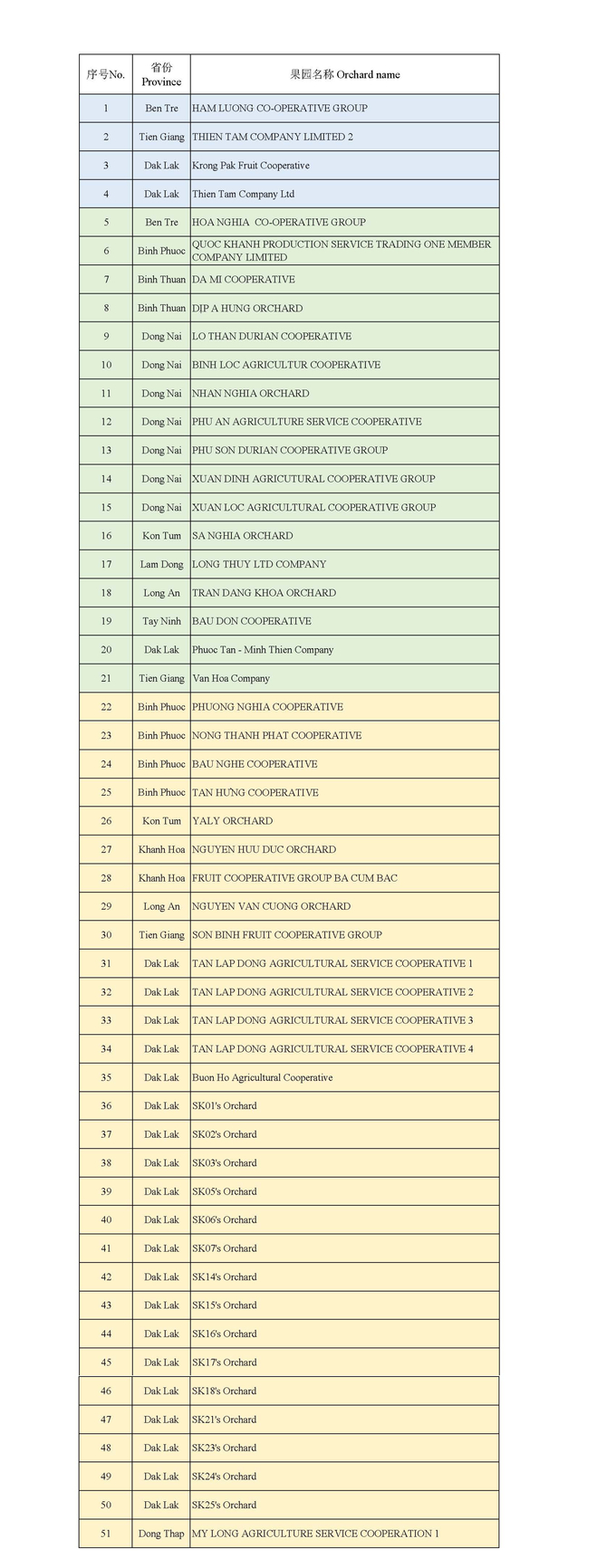
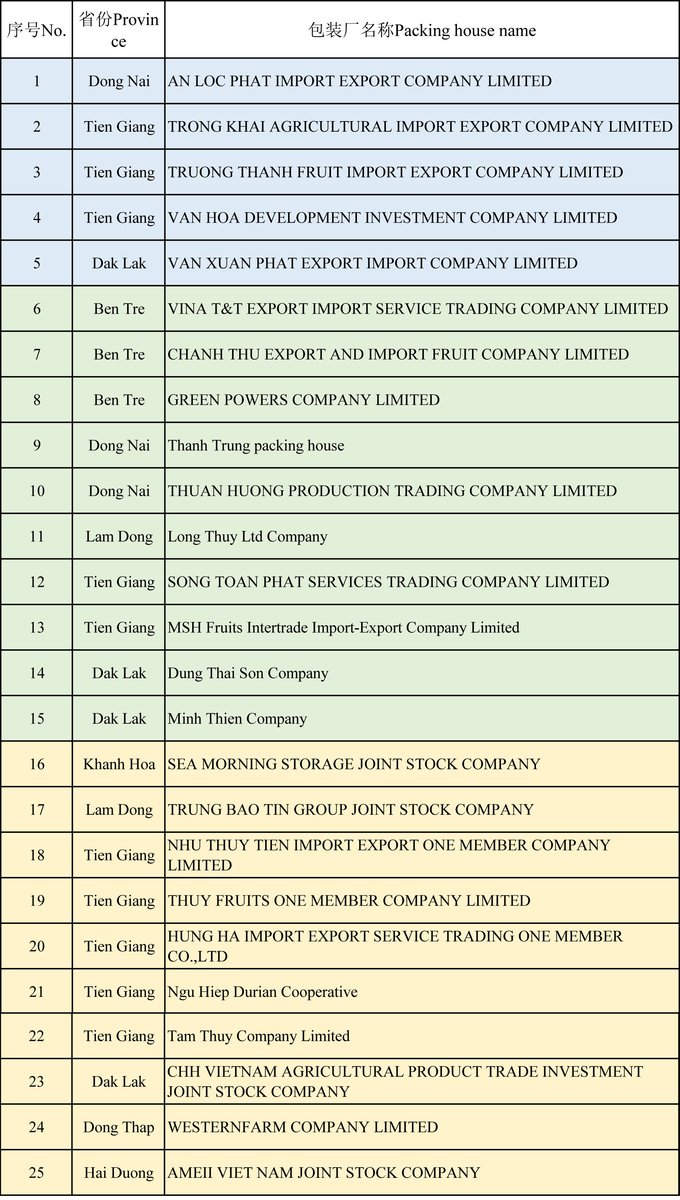
Translated by Linh Linh
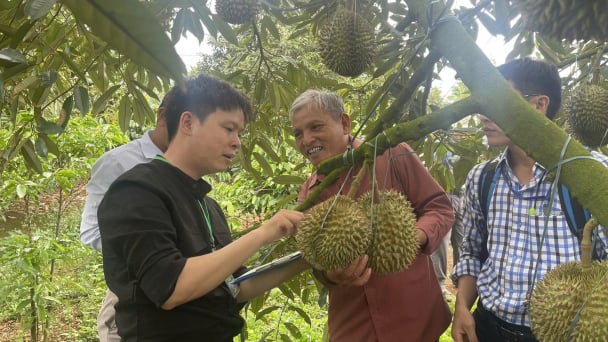
(VAN) For the durian industry to succeed, the value chain must fulfill its commitments to the government, the community, and international partners.
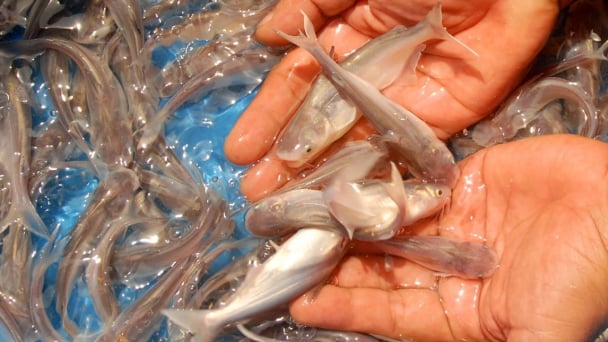
(VAN) Vaccinating juvenile pangasius helps reduce disease, antibiotic use, and farming costs, increasing profits for export-oriented farmers in An Giang.

(VAN) Due to a limited supply of workforce and competitive recruitment requirements, businesses struggle to retain talented veterinary human resources.
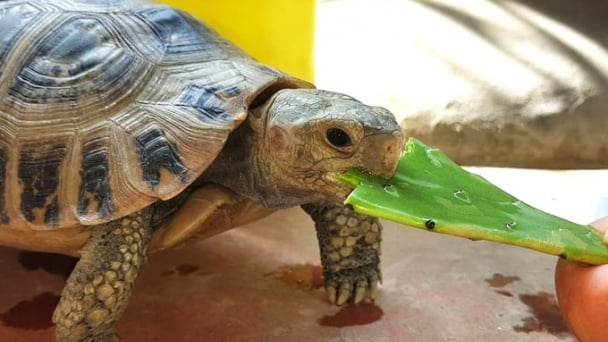
(VAN) WOAH’s guidance aims to mitigate disease risks through a One Health approach that balances economic, conservation, and public health interests.

(VAN) Ms. Nguyen Thi Dung, Deputy Director of Ngoc Hoang Cooperative, shared about the journey of bringing dragon fruit to Europe, achieving annual revenues in the billions of VND.
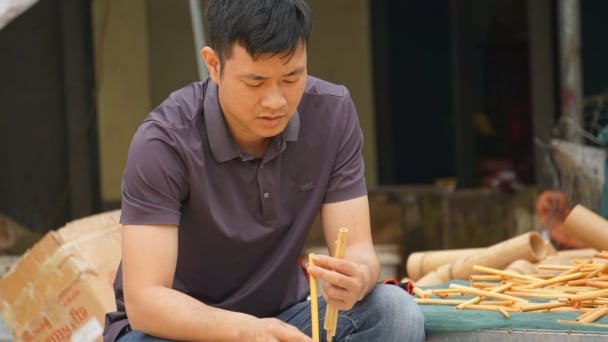
(VAN) Bamboo products from Thang Tho Bamboo Cooperative have reached many countries around the world, while also creating jobs for local workers.
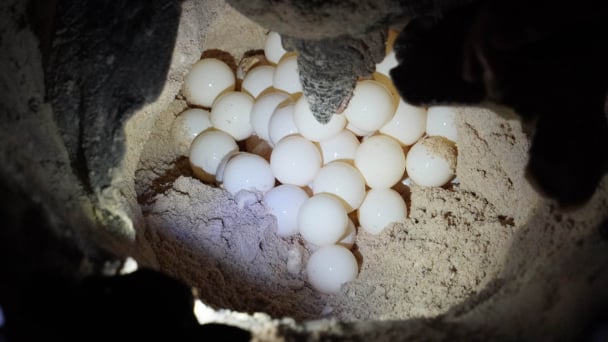
(VAN) The Management Board of Con Dao National Park reported that a green sea turtle, tagged in the Philippines, has traveled thousands of kilometers to lay 84 eggs on Bay Canh Islet.